Extended Producer Responsibility: New Base Fees for Packaging Materials in 2025-2026
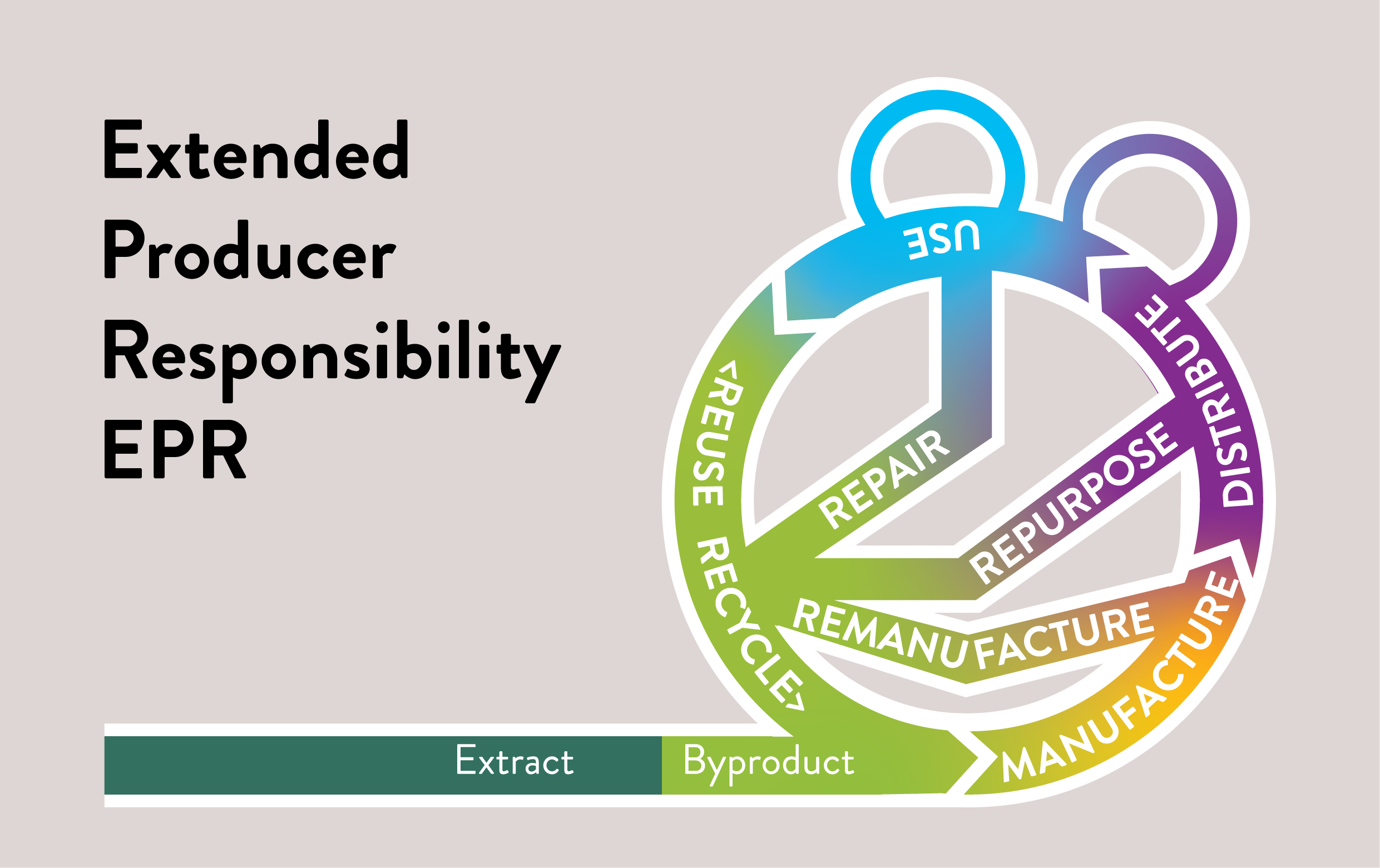
The UK government has released an updated set of illustrative base fees for the Extended Producer Responsibility (EPR) scheme, set to begin in 2025. This second release provides a range of potential fees for various packaging materials, reflecting the ongoing process of calculating local authority costs for managing household packaging waste.
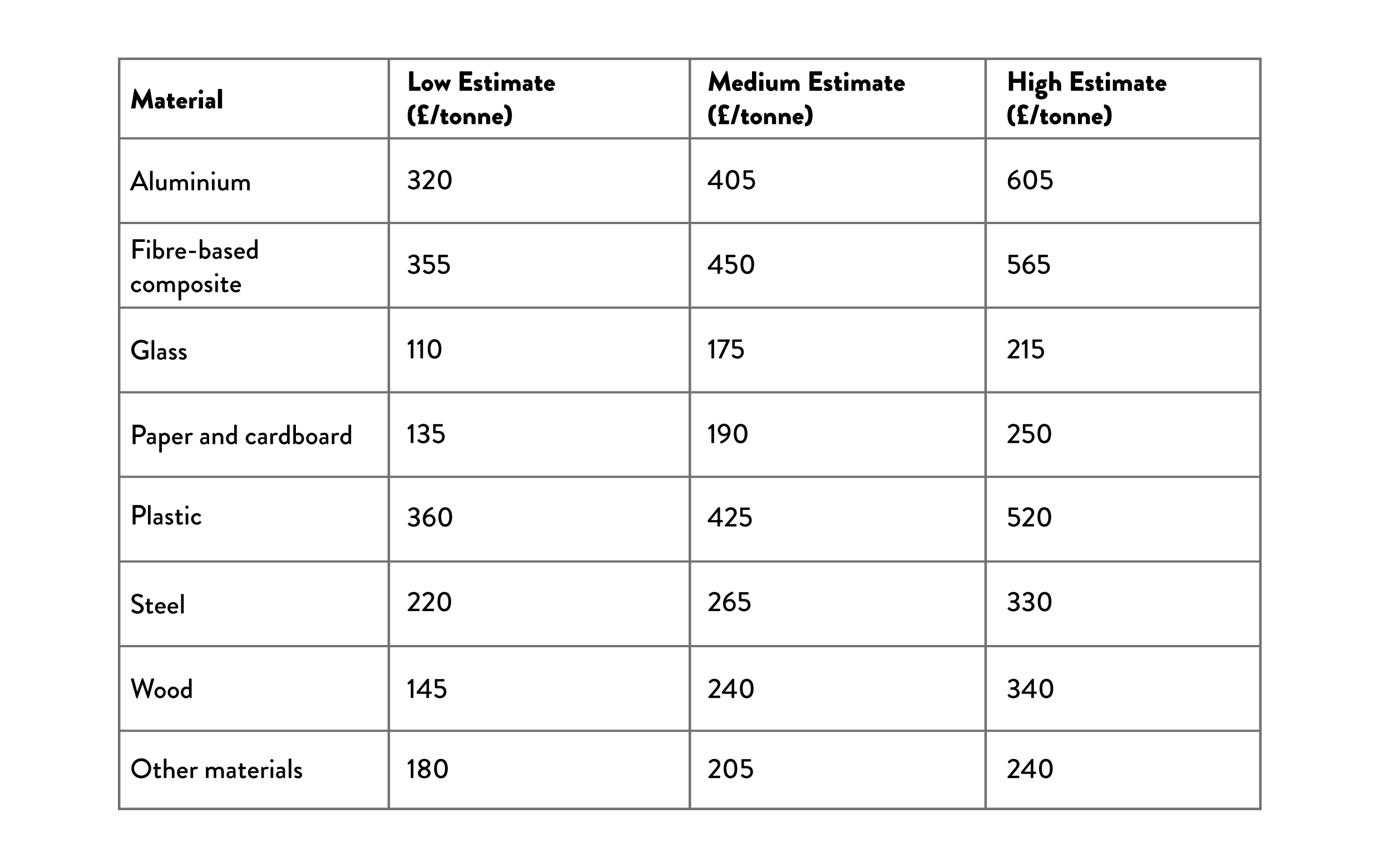
Updated Fee Structure
The new fee structure covers eight categories of packaging materials: aluminium, fibre-based composite, glass, paper and card, plastic, steel, wood, and other materials. For each category, three fee levels are provided – lower, intermediate, and higher – representing different cost scenarios.
The fees range from as low as £110 per tonne for glass (lower estimate) to as high as £605 per tonne for aluminium (higher estimate). Plastic, often a focus of environmental concerns, has a range of £360 to £520 per tonne.
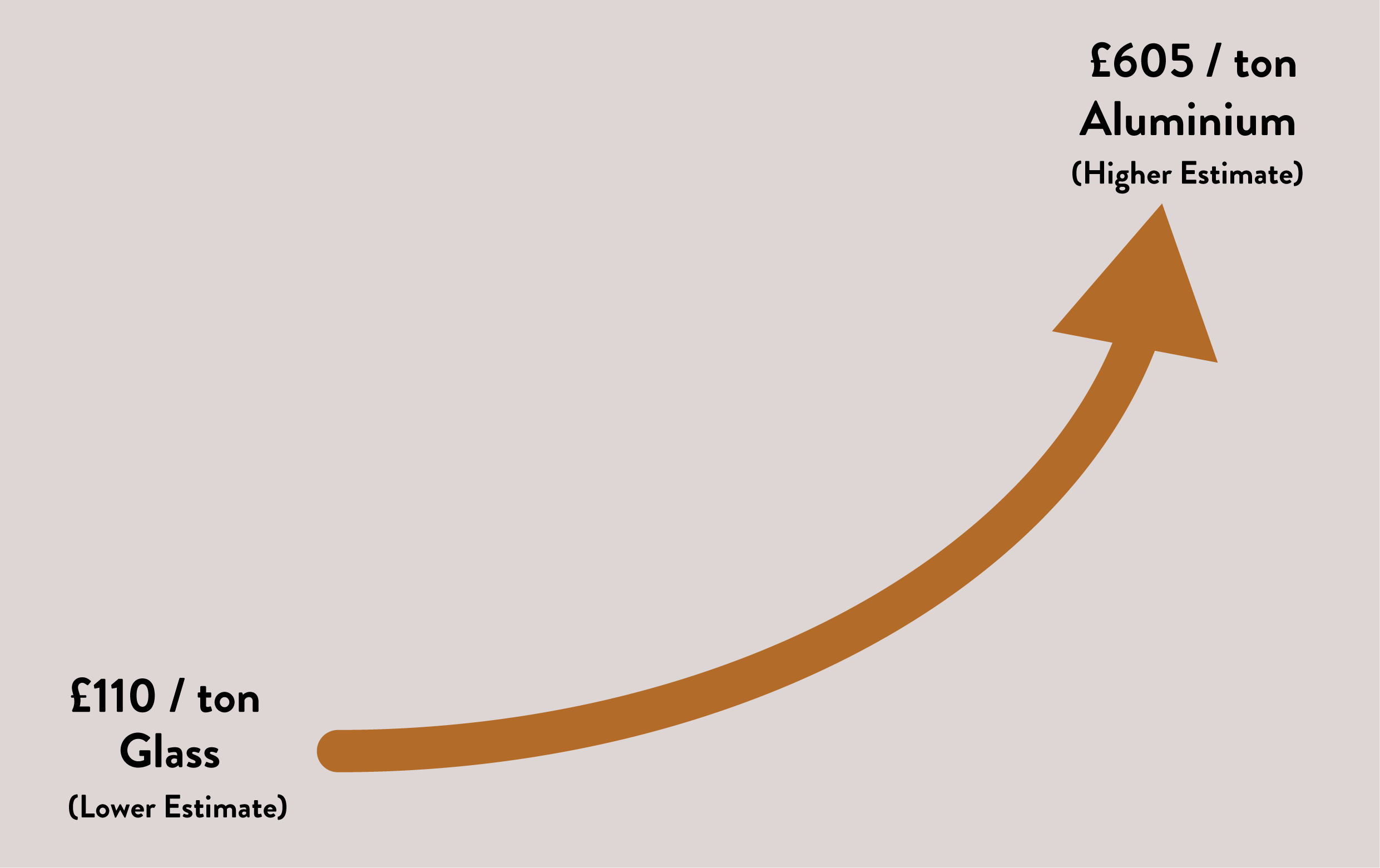
Calculation Method
The base fees are calculated by dividing local authority packaging waste management costs for household packaging waste by the total amount of household packaging placed on the market. This calculation is performed separately for each packaging category.
For the first year of EPR (2025-2026), costs associated with managing public bin waste and litter will not be included. However, the total weight of packaging will include both household packaging and items commonly found in bins or as litter.
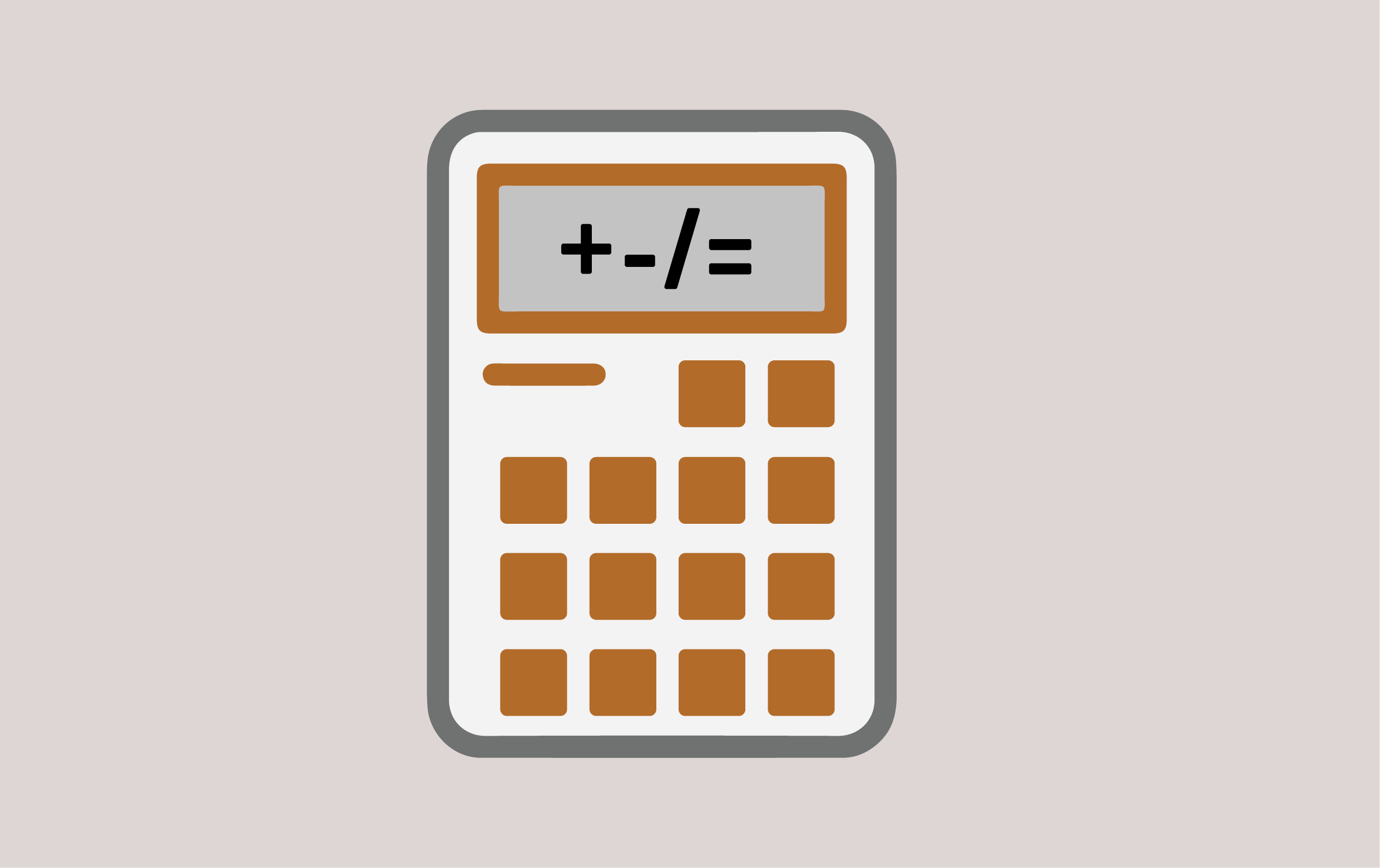
Data Sources and Changes
This release differs from the previous one in several key aspects:
- Packaging tonnage data now comes from the most recent submissions by large organizations to the Report Packaging Data online portal for the 2023 calendar year.
- Local authority costs are now estimated using Defra’s ‘Local Authority Packaging Cost and Performance’ model, which is still being finalized but will form the basis for invoicing producers from 2025.
- The model uses various data sources, including sampled local authority cost estimates, Waste Data Flow information, and recycled material resale values.
Implications and Next Steps
The government emphasizes that these figures are still estimates and subject to change. Producers are advised not to rely solely on these illustrative fees for business planning purposes.
Large organizations are required to report their packaging data through the Report Packaging Data online portal. For 2024, reporting will be done in two batches:
- Data for January 1 to June 30 should be reported between August 9 and October 1, 2024.
- Data for July 1 to December 31 should be reported between January and April 1, 2025.
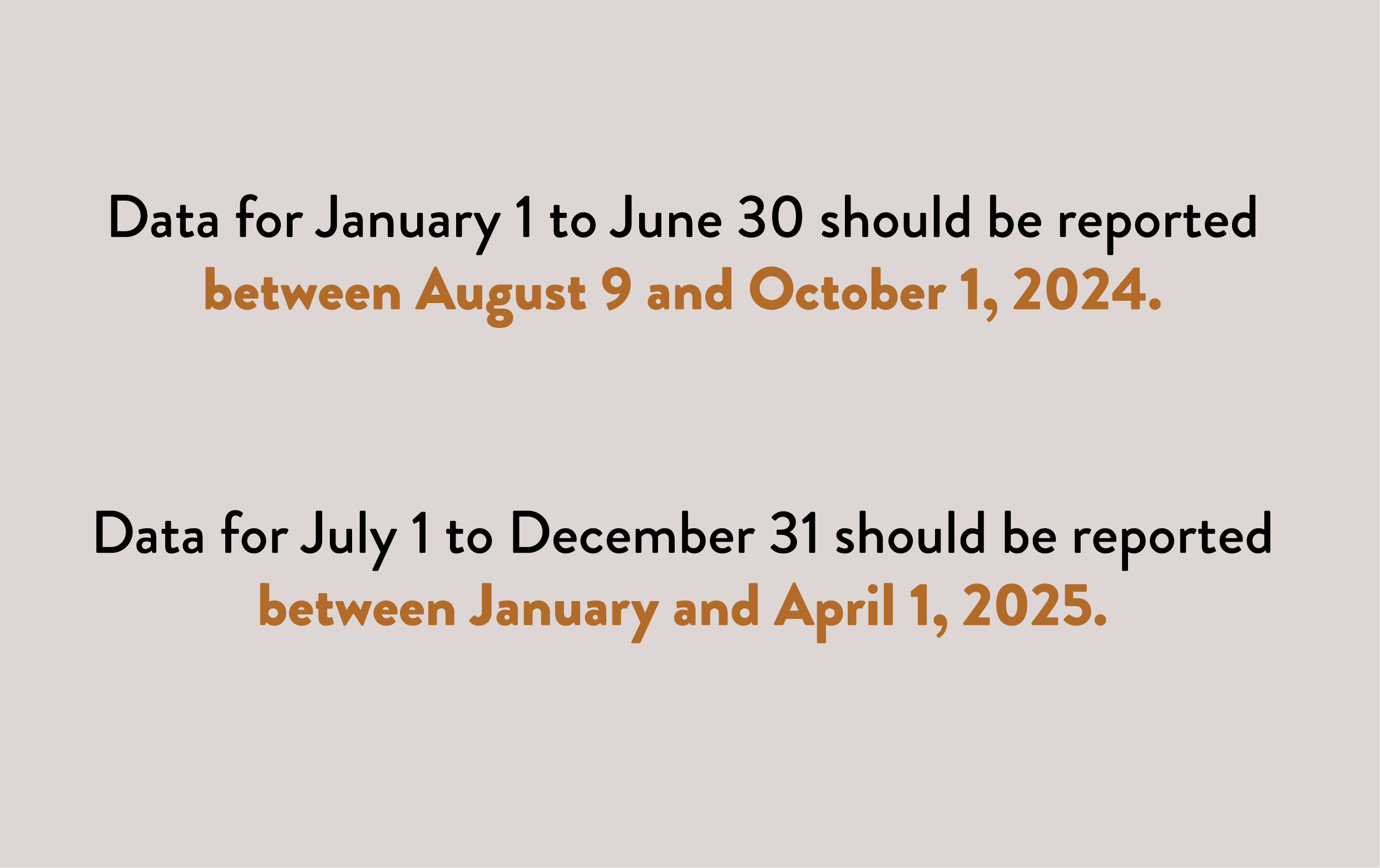
Looking Ahead
The EPR scheme represents a significant shift in how packaging waste is managed and funded in the UK. By making producers responsible for the full costs of dealing with packaging waste, the government aims to incentivize more sustainable packaging design and improve recycling rates.
As the implementation date approaches, producers, local authorities, and waste management companies will need to adapt to these new regulations. The government plans to release further iterations of the illustrative base fees as new data becomes available and cost estimates are refined.
While these fees provide valuable insights for industry preparation, it’s crucial to remember that they are subject to change. The final fees for the first year of EPR will be released after April 1, 2025, once all relevant data for 2024 has been reported and analysed.

Recent Posts
- European Parliament Votes to Postpone Corporate Due Diligence and Sustainability Reporting Requirements
- Financial Markets vs. Sustainability Markets in Packaging
- How prepared are you for the Packaging and Packaging Waste Regulation (PPWR)?
- Green Claims Regulation: A Global Perspective on Environmental Marketing
- The Environmental and commercial Impact of Packaging (Facts, Figures and a solution)

Recent Comments